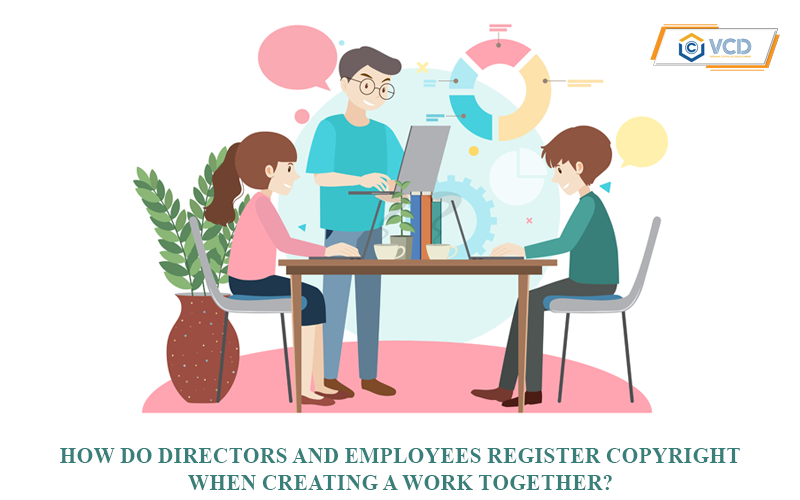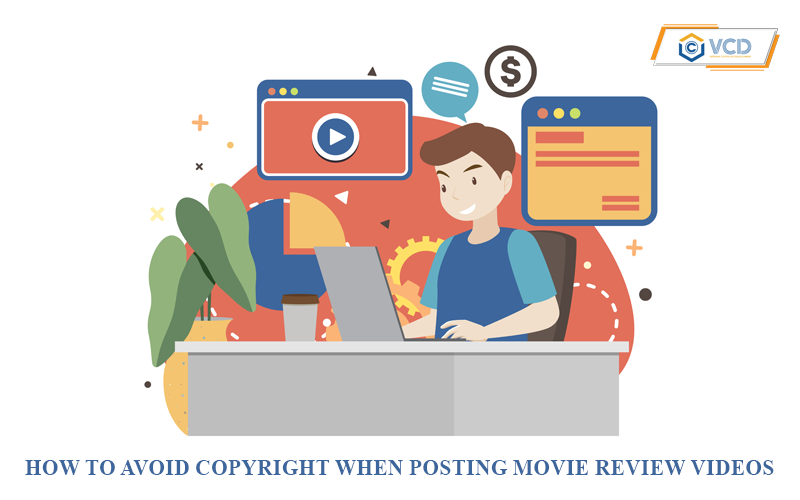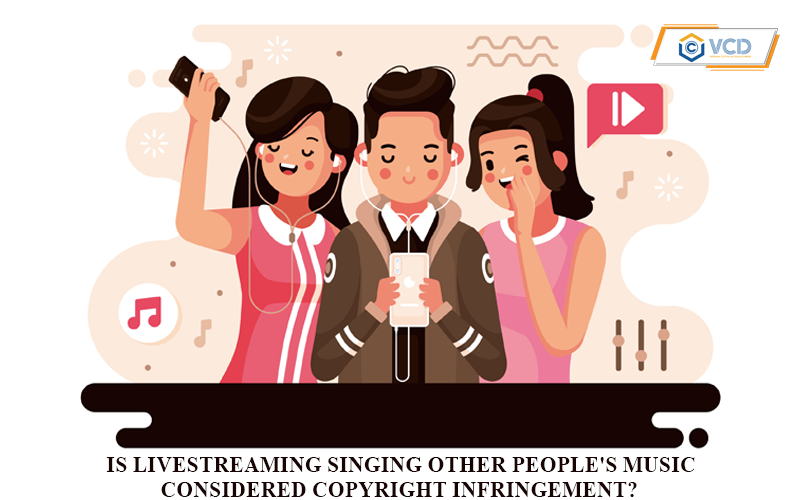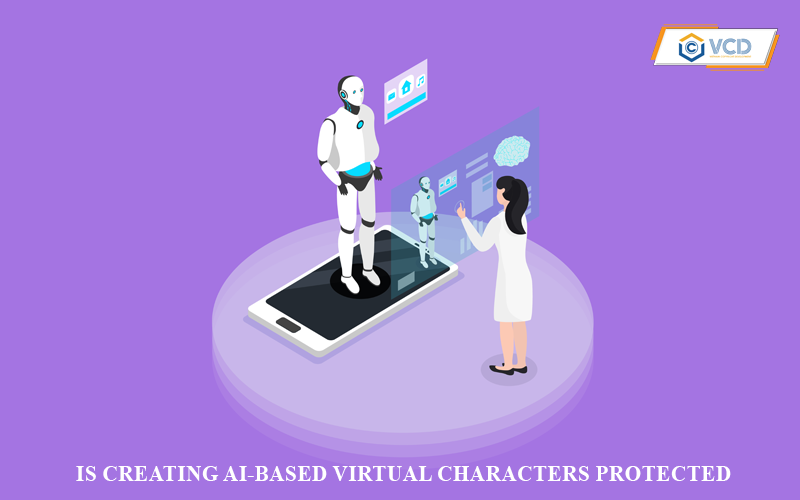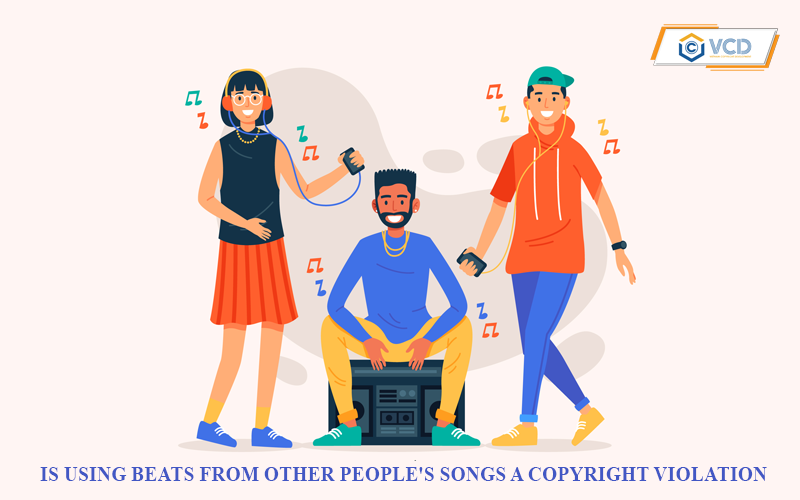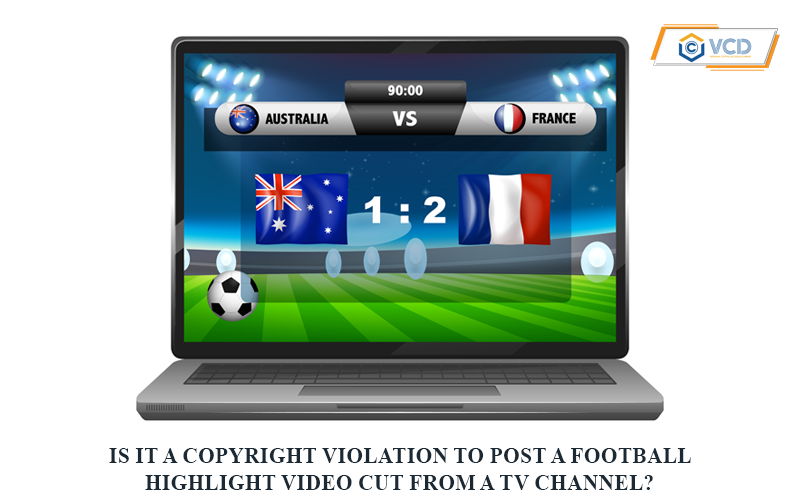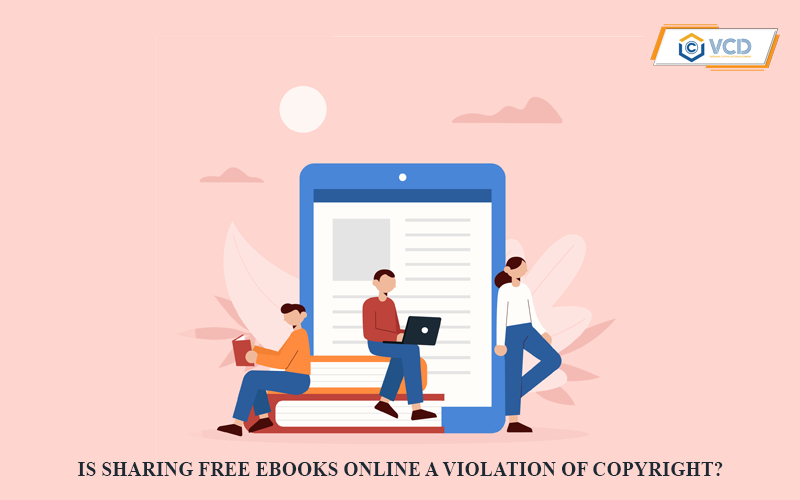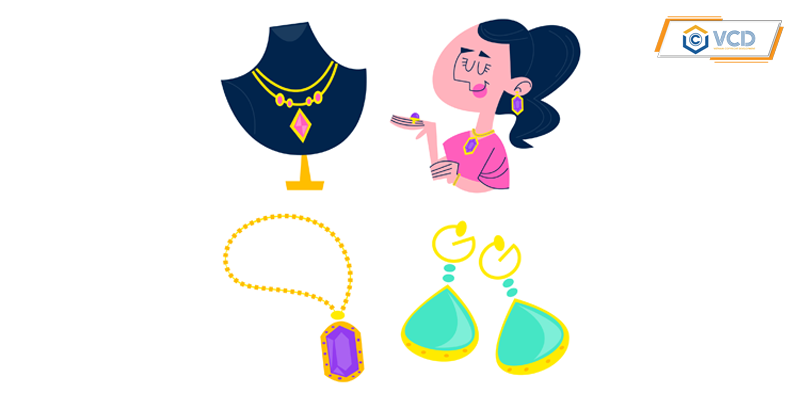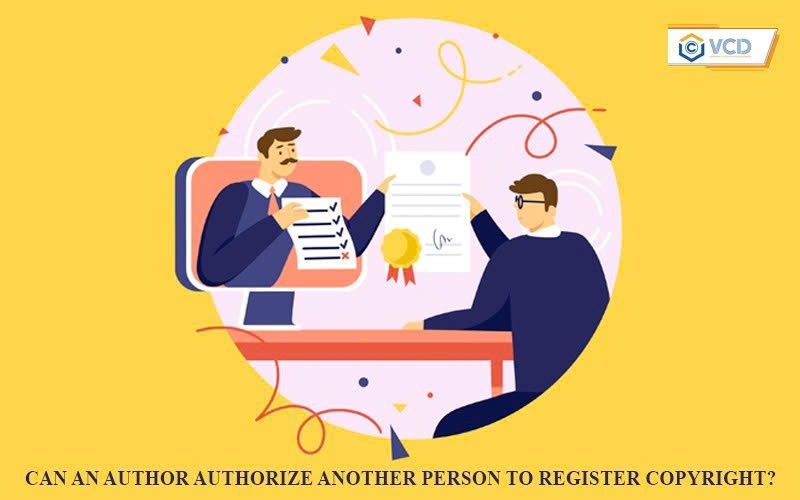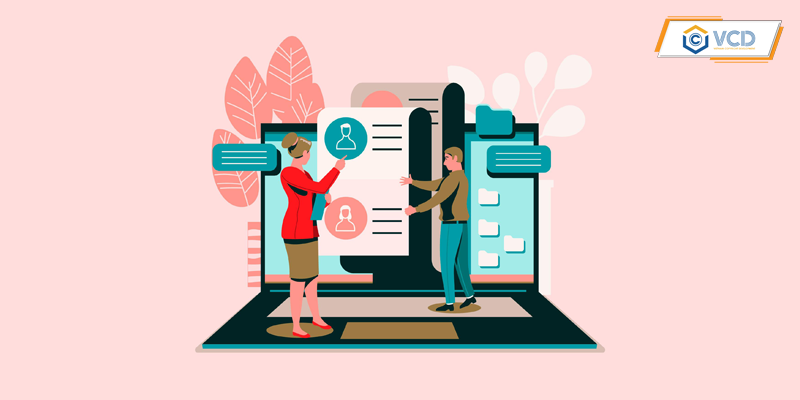How do directors and employees register copyright when creating a work together?
In the context of businesses increasingly focusing on the creative element, it is no longer uncommon for directors and employees to participate in the creation of a work such as a promotional video, computer software, graphic design, song, or media script. However, when a work is created from the contributions of many individuals, especially between managers and employees, the issue of copyright registration becomes more complicated: who is the author, who is the owner, and how should the records be made to ensure the legal rights of all parties? VCD’s article below will help you understand better.
What is copyright? What is the creation of a work?
Current law does not have a specific explanation of “What is copyright?”, however, copyright can be understood as the legal right of an author or owner to his or her work, including the right to use, copy, distribute and display the work. Copyright protects works such as books, music, movies, software and art. It prohibits others from using the work without the permission of the owner. Copyright usually has a certain term, after which the work will become public property.
Copyright, also known as author’s rights, as stipulated in Article 4 of the current Intellectual Property Law, is the right of an organization or individual to the work they create or own.
Creativity is the process by which people create new, unique products in the fields of literature, art or science. It includes the use of imagination, knowledge and skills to turn ideas into a specific work, which can be poetry, stories, music, software, etc. Creativity is the ability to create something new, while composition is the process of realizing that idea into a product.

How do directors and employees register copyright when creating a work together?
According to the provisions of the 2005 Law on Intellectual Property of Vietnam, amended and supplemented in 2022, the author is the person who directly creates all or part of the work through his or her intellectual labor. Meanwhile, the copyright owner is the organization or individual who holds the property rights to that work, including the right to copy, distribute, communicate, publish, and allow others to exploit the work.
If both the director and the employee contribute to the creation of the design and programming, they are considered co-authors. However, the ownership of the work may belong to the company or individuals depending on the circumstances of the creation of the work and the agreement between the parties.
In case the work is created within the scope of work
- When the work is created according to the assigned tasks or during the working process at the company, using the time, facilities and resources of the enterprise, then according to Article 39 of the Law on Intellectual Property, the company (the organization using the labor) is the owner of the property rights to that work.
- In this case, the Director and the employee are recognized as the authors, demonstrating the creative merit. In which, the Company is the owner of the copyright, has the full right to use, exploit and register for protection. If the parties have a different written agreement (for example, the director and employee are entitled to a share of the exploitation rights), then that agreement will take precedence.
In case the work is created outside the assigned tasks
- On the contrary, if the work is formed outside the scope of work, that is, not part of the assigned tasks, not using the company’s resources, or done in personal time, then the ownership will belong to the individuals who created the work. In that case, the director and the employee are both co-authors and co-owners of the copyright.
- In this situation, copyright registration requires a clear written agreement on the ownership ratio, exploitation rights, as well as how to use the work after the certificate is granted, to avoid future disputes.
Copyright registration in this case of co-creation is not only an administrative procedure but also has important legal value. The certificate is evidence of the establishment of rights, helping to protect the work from unauthorized copying and use and is the basis for resolving disputes when they arise.
In particular, in the corporate environment, clearly identifying the author and owner from the beginning also helps to strengthen internal transparency, avoiding misunderstandings between leaders and employees about the rights to intellectual products.
The registration dossier includes the following documents:
- Copyright registration declaration form according to the form issued by the Ministry of Culture;
- Two copies of the work requested for protection (print, audio recording, video recording, or software file);
- Power of attorney (if authorizing a third party to submit the application);
- Documents proving the right to submit the application: such as the decision to assign tasks, labor contract, co-creation minutes or agreement document;
- Copies of legal documents of the parties (ID card/CCCD, business registration certificate).
Above is the article “How do directors and employees register copyright when creating a work together?” that VCD sent to you. We hope this article is useful to you.
Sincerely,
The director and employee creating a work together does not mean that the copyright owner always belongs to the company. Only when the work is created under a task, a labor contract or an agreement to assign work for the company’s purpose, the company is the owner of the property rights; but if the work is created outside the scope of work, without assignment, the copyright belongs to the director and employee individually.
The director and employee who co-create will register as co-authors and co-owners, or there is another agreement between the parties on the division of ownership.

